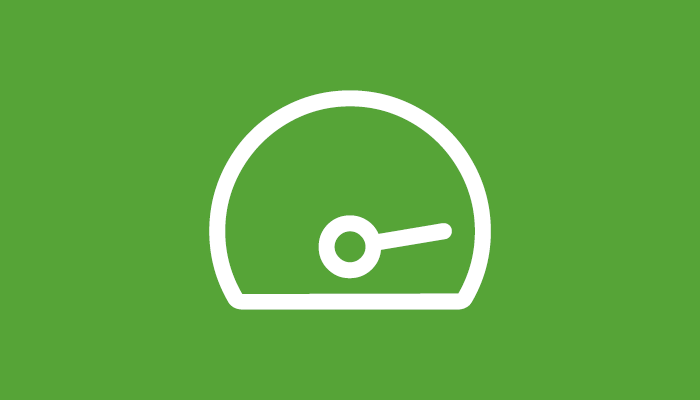Top U.S. Health Insurance Providers and Affordable Employee Benefit Alternatives in 2024
A Comprehensive Guide to Health Insurance Options for Employers and Individuals
Making decisions about health insurance is a significant step for both employers and individuals. It can feel daunting, particularly for small businesses without the support of an HR team or benefits specialist. However, dedicating time to set up a formal health benefits plan is a worthwhile investment.
Employer-sponsored health insurance offers several advantages, such as helping attract and retain employees, enhancing business competitiveness, and fostering a healthier, happier workforce.
In this guide, we’ll explore the top 25 health insurance companies in the U.S. by market share and provide alternative options for more flexible and cost-effective health benefits beyond traditional group health plans.
Key Insights:
- U.S. health insurers earned approximately $1 trillion in net premiums in 2022, with UnitedHealth leading at $221 billion.
- Several Blue Cross Blue Shield affiliates rank among the top insurers by market share.
- Health Reimbursement Arrangements (HRAs) offer a flexible alternative to traditional group health insurance.
What is Traditional Group Health Insurance?
Employers seeking health coverage often turn to group health plans. These policies involve employers selecting a group medical plan for employees and their eligible dependents at reduced rates.
Typically, insurers require at least 70% employee participation for coverage. Common plan types include Health Maintenance Organizations (HMOs) and Preferred Provider Organizations (PPOs). Employees contribute a portion of the premium and meet a deductible before insurers share medical expenses.
Small businesses can purchase group policies through the Small Business Health Options Program (SHOP) marketplace, potentially qualifying for tax credits to lower premiums. In 2023, the average annual premium for self-only coverage was $8,435, and for family coverage, it was $23,968. Employers typically contributed $7,034 for self-only and $17,393 for family plans.
While group plans are popular, their rising costs can strain small businesses, prompting many to explore individual policies or alternative benefits.
Top 25 U.S. Health Insurance Companies by Market Share (2024)
| Rank | Company | Market Share |
|---|---|---|
| 1 | UnitedHealth Group | 15.34% |
| 2 | Elevance Health (formerly Anthem) | 7.16% |
| 3 | Centene Corp. | 6.68% |
| 4 | Kaiser Foundation (Kaiser Permanente) | 6.18% |
| 5 | Humana | 6.03% |
| 6 | CVS Health (including Aetna Health) | 5.82% |
| 7 | Health Care Services Corporation | 3.53% |
| 8 | Cigna Health | 2.39% |
| 9 | Molina Healthcare Inc. | 1.99% |
| 10 | GuideWell (including Florida Blue) | 1.84% |
| … | … | … |
Market share reflects an insurer’s competitiveness and financial health, though it doesn’t guarantee service quality. Larger insurers generally have broader provider networks and higher premium revenue.
Alternatives to Traditional Group Health Insurance
1. Health Reimbursement Arrangements (HRAs)
HRAs are tax-advantaged benefits that reimburse employees for out-of-pocket healthcare expenses or insurance premiums. Employers set monthly allowance limits, giving employees greater flexibility while controlling costs.
- Qualified Small Employer HRA (QSEHRA): Ideal for small businesses with fewer than 50 employees. Employees receive tax-free reimbursements for eligible expenses, such as premiums and medical services.
- Individual Coverage HRA (ICHRA): Suitable for businesses of all sizes, offering customizable benefits without contribution limits. Employees must have individual insurance to qualify.
- Integrated HRA: Supplements group plans by reimbursing out-of-pocket costs like deductibles and copayments.
2. Health Stipends
Health stipends are taxable benefits that provide employees with funds for healthcare expenses or premiums. Though flexible, stipends don’t fulfill the employer mandate under the Affordable Care Act (ACA).
How PeopleKeep Can Help
Administering HRAs can be simplified with tools like PeopleKeep. Their platform helps employers manage benefits, process reimbursements, and stay compliant with regulations, saving time and effort.
Conclusion
Employers have more options than ever for offering health benefits. While traditional group health insurance remains a popular choice, alternatives like HRAs and stipends provide cost-effective and flexible solutions. By exploring these options, businesses can create benefits packages that meet both employee needs and budget constraints.




